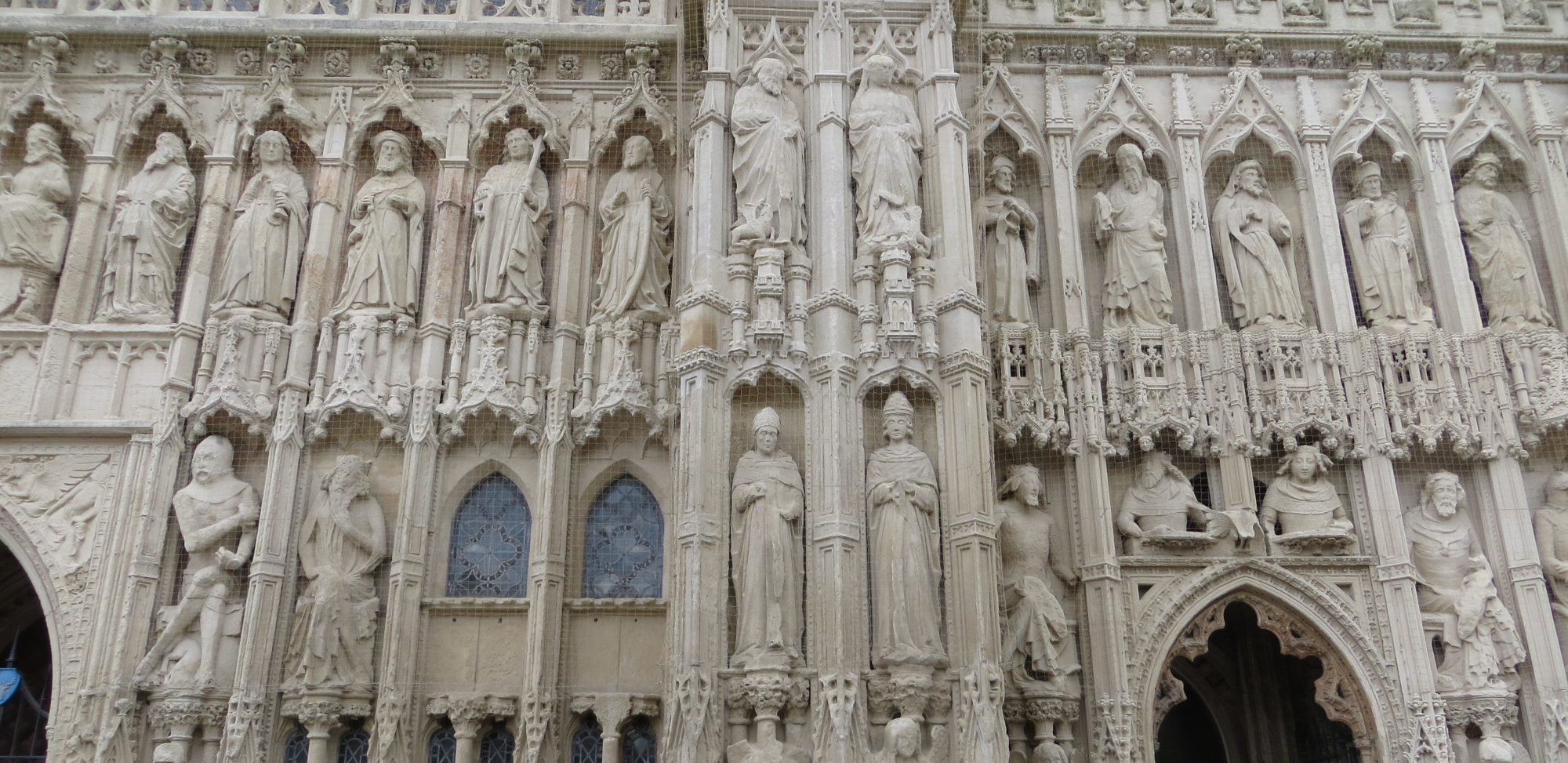The unfolding debt drama in Russia, Ukraine, and the EU states of Eastern Europe has reached acute danger point. If mishandled by the world policy establishment, this debacle is big enough to shatter the fragile banking systems of Western Europe and set off round two of our financial Götterdämmerung. Austria’s finance minister Josef Pröll made frantic efforts last week to put together a €150bn rescue for the ex-Soviet bloc. Well he might. His banks have lent €230bn to the region, equal to 70pc of Austria’s GDP.”A failure rate of 10pc would lead to the collapse of the Austrian financial sector,” reported Der Standard in Vienna. Unfortunately, that is about to happen.The European Bank for Reconstruction and Development (EBRD) says bad debts will top 10pc and may reach 20pc. The Vienna press said Bank Austria and its Italian owner Unicredit face a “monetary Stalingrad” in the East. Mr Pröll tried to drum up support for his rescue package from EU finance ministers in Brussels last week. The idea was scotched by Germany’s Peer Steinbrück. Not our problem, he said. We’ll see about that. Stephen Jen, currency chief at Morgan Stanley, said Eastern Europe has borrowed $1.7 trillion abroad, much on short-term maturities. It must repay – or roll over – $400bn this year, equal to a third of the region’s GDP. Good luck. The credit window has slammed shut. Not even Russia can easily cover the $500bn dollar debts of its oligarchs while oil remains near $33 a barrel. The budget is based on Urals crude at $95. Russia has bled 36pc of its foreign reserves since August defending the rouble.”This is the largest run on a currency in history,” said Mr Jen.
Whether it takes months, or just weeks, the world is going to discover that Europe’s financial system is sunk, and that there is no EU Federal Reserve yet ready to act as a lender of last resort or to flood the markets with emergency stimulus.
Ambrose Evans-Pritchard Failure to save East Europe will lead to worldwide meltdown
That set of rackets had a limited life span
Industrial economies are still at the mercy of peak oil. This basic fact of life means that we can’t expect the regular cyclical growth in productive activity that formed the baseline parameters for modern capital finance – meaning that we can’t run on revolving credit anymore because growth simply isn’t there to create real surplus wealth to pay down debt. The past 20 years we’ve seen the institutions of capital finance pretend to create growth where there is no growth by expanding financial casino games of chance and extracting profits, commissions, and bonuses from the management of these games – mortgage backed securities, collateralized debt obligations, credit default swaps, and all the rest of the tricks dreamed up as America’s industrial economy was shipped off to the Third World. But that set of rackets had a limited life span and they ran into a wall in October 2008. Since then it’s all come down to a shell game: hide the giant pea of defaulted debt under a giant walnut shell.
The sad truth of the matter is that we face the need to fundamentally restructure the way we live and what we do in North America, and probably along the lines of much more modest expectations, and with very different practical arrangements in everything from the very nature of work to household configurations, transportation, farming, capital formation, and the shape-and-scale of our settlements. This is not just a matter of re-tuning what we have now. It means letting go of much of it, especially our investments in suburbia and motoring – something that the American public still isn’t ready to face. They may never be ready to face this and that is why we may never make a successful transition to whatever the next economy is. Rather, we will undertake a campaign to sustain the unsustainable and sink into poverty and disorder as we fight over the table scraps of the old economy… and when the smoke clears nothing new will have been built.
James Howard Kunstler Forecast 2010
